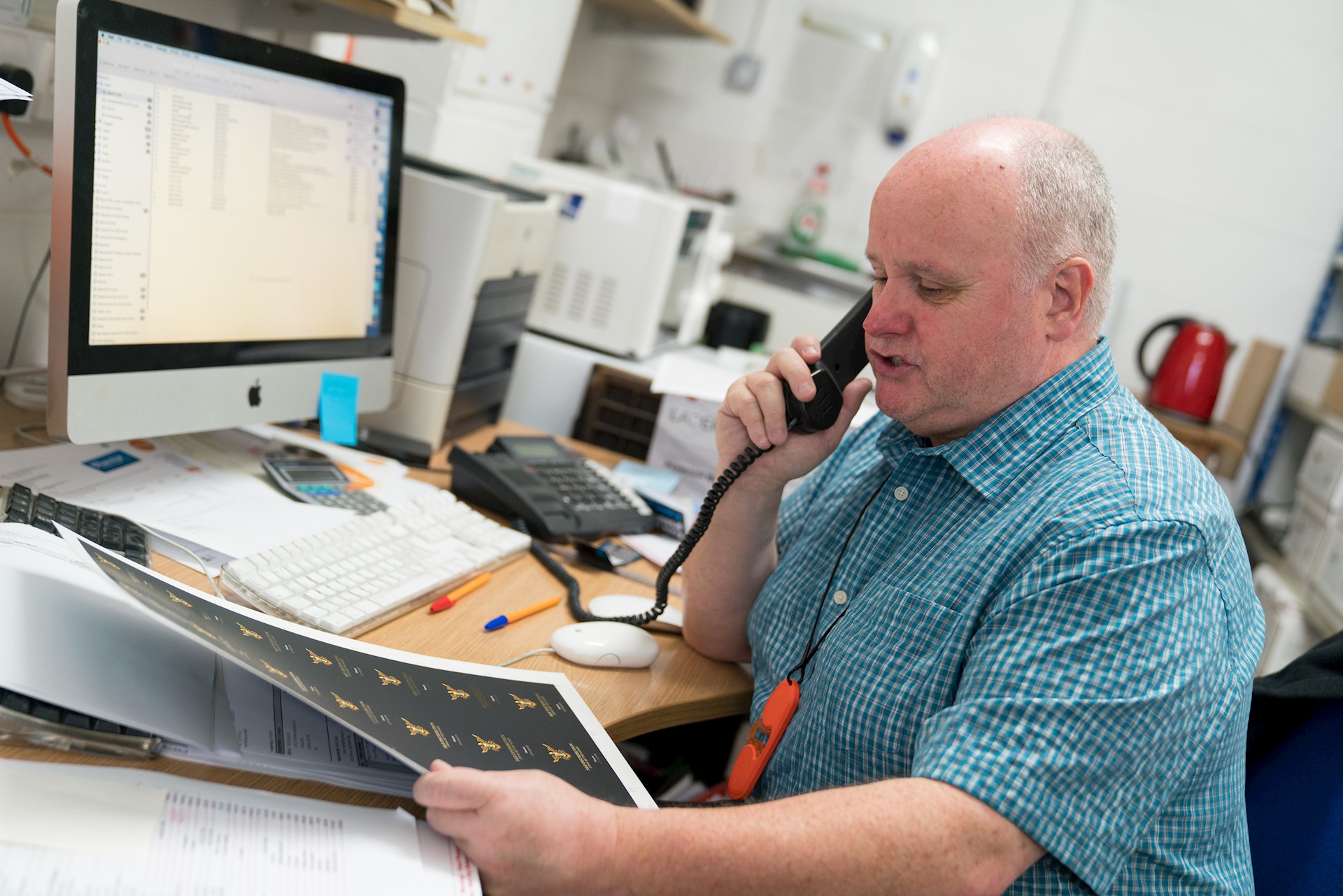Keeping digital records for VAT
The new VAT requirements for businesses under the Government’s Making Tax Digital (MTD) initiative come into force from 1 April 2019 (or 1 October 2019 depending on your business – see Making Tax Digital for VAT – do you know your start date?). As your business takes steps to comply, you need to make sure you don’t fall foul of existing record-keeping requirements.
Most VAT registered businesses with a taxable turnover above £85,000 must follow the rules for Making Tax Digital for VAT.
The records you need to keep are the same as any VAT registered business, but you’ll need to keep some of them digitally.
You do not need to keep a digital record of:
- anything that is not needed for your VAT Return
- any adjustments of VAT due

How to keep digital records
You can use any digital product to keep your records, including:
- the software you use to submit your return
- spreadsheets
- other software or digital products
Your digital records are used to make up the VAT return you submit using compatible software.
Using more than one product to keep records
If you use more than one product to keep your digital records, you’ll need to digitally link them together.
A digital link is a transfer or exchange of data between the products you use to keep your records. You can create digital links by doing things like:
- linking cells in spreadsheets
- emailing records to your agent
- putting records on a portable device to give to your agent
- importing and exporting XML and CSV files
- downloading and uploading files
You must have digital links between the products you use by 31 March 2020, unless HMRC sent you a letter to tell you that you’re in the deferral group. If you’re in the deferral group, you must have digital links between the products you use by 30 September 2020.
Business records
You must keep the following business records digitally:
- your business name and address
- your VAT registration number
- a record of any VAT accounting schemes that you use
- details of the supplies your business makes and receives
You’ll also need to keep a digital record of the total amount of tax your business:
- owes on sales
- is entitled to claim on business purchases
- owes and is entitled to claim on acquisitions from other EU countries
- needs to pay on behalf of suppliers who use a reverse charge procedure
- owes or can reclaim following a correction or error adjustment
- owes or can reclaim as part of any other adjustment
Supplies your business makes
For each supply your business makes, you must keep a digital record of:
- the time of supply - this is usually when you send the invoice, if you’re on a cash accounting scheme this is the date you received payment
- the value of supply (net value excluding VAT)
- rate of VAT charged
You’ll also need to record the total amount of VAT charged on supplies your business receives at:
- standard rates
- reduced rates
- zero rate
- supplies that are exempt or outside the scope of VAT
You can combine the total value of supplies in one record if the supplies were:
- on one invoice
- made at the same time
- charged at the same rate of VAT
If an invoice has supplies at different rates of VAT, you must record each rate of VAT charged separately.
If you use a third party
If you’re using a third party and they give you a single invoice for multiple supplies they make on your behalf, you can treat all supplies as one invoice.
Supplies your business receives
For each supply your business receives, you must keep a digital record of the:
- time of supply – this is usually when you receive the invoice, if you’re on a cash accounting scheme this is the date you received payment
- value of supply - including any VAT that your business cannot claim
- amount of input tax you’ll claim
If there is more than one supply on an invoice, you can record the total from the invoice in one record.
If you use a third party
If you’re using a third party and they give you a single invoice for multiple supplies they receive on your behalf, you can treat all supplies as one invoice.
If you’re an employer
If you’re an employer, you can treat all invoices provided at one time by an employee or a volunteer as one invoice.
If you make a reverse charge supply
If your software does not record reverse charge transactions you’ll need to record them twice, once as a supply made and once as a supply received.
If you’re on a VAT scheme
If you’re on a scheme, there are some differences to the records you keep digitally.
Flat Rate Scheme
If you’re on a Flat Rate Scheme, you do not need to keep a digital record of:
- your purchases, unless you’ve purchased an asset you can reclaim tax on
- the goods used to work out if you’re a limited cost business
Gold Special Accounting Scheme
If you’re on the Gold Special Accounting Scheme, you must keep additional records of the total amount of:
- sales you made under the scheme
- VAT paid on gold you bought under the scheme
Margin schemes
If you’re on a margin scheme, you do not need to need to keep the additional records or calculations digitally.
Retail Scheme
If you’re on a retail scheme you can record your daily gross takings instead of the individual sales.
Need further help or advice on anything mentioned in this article?
- Book a free business advice appointment here.
- Or, why not attend our free webinar? Book 'Finance and Bookkeeping For Your Small Business' here.

Source: GOV.UK
Contains public sector information licensed under the Open Government Licence v3.0.
You might also like…
Got a business question?
We're here to help. Get in touch.
Book your free appointment below:

